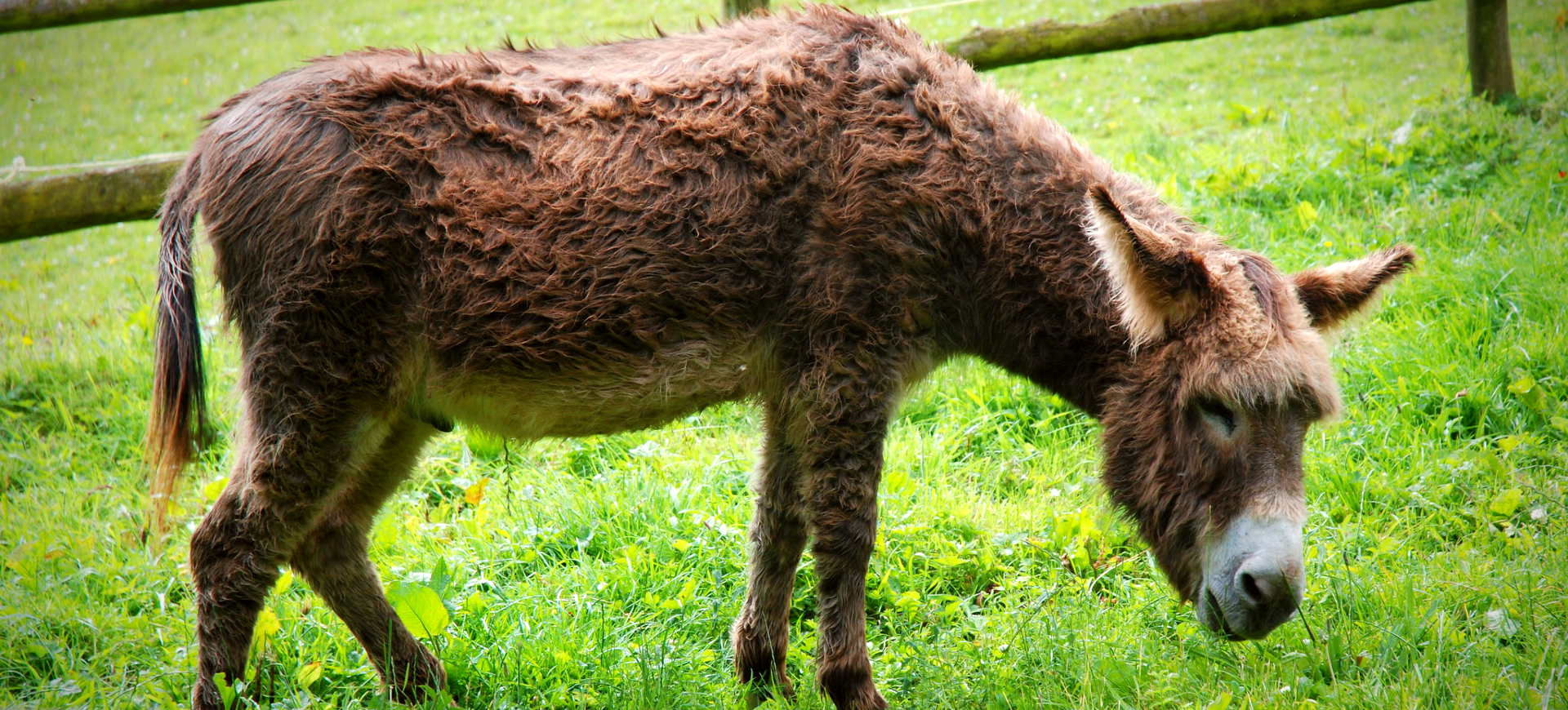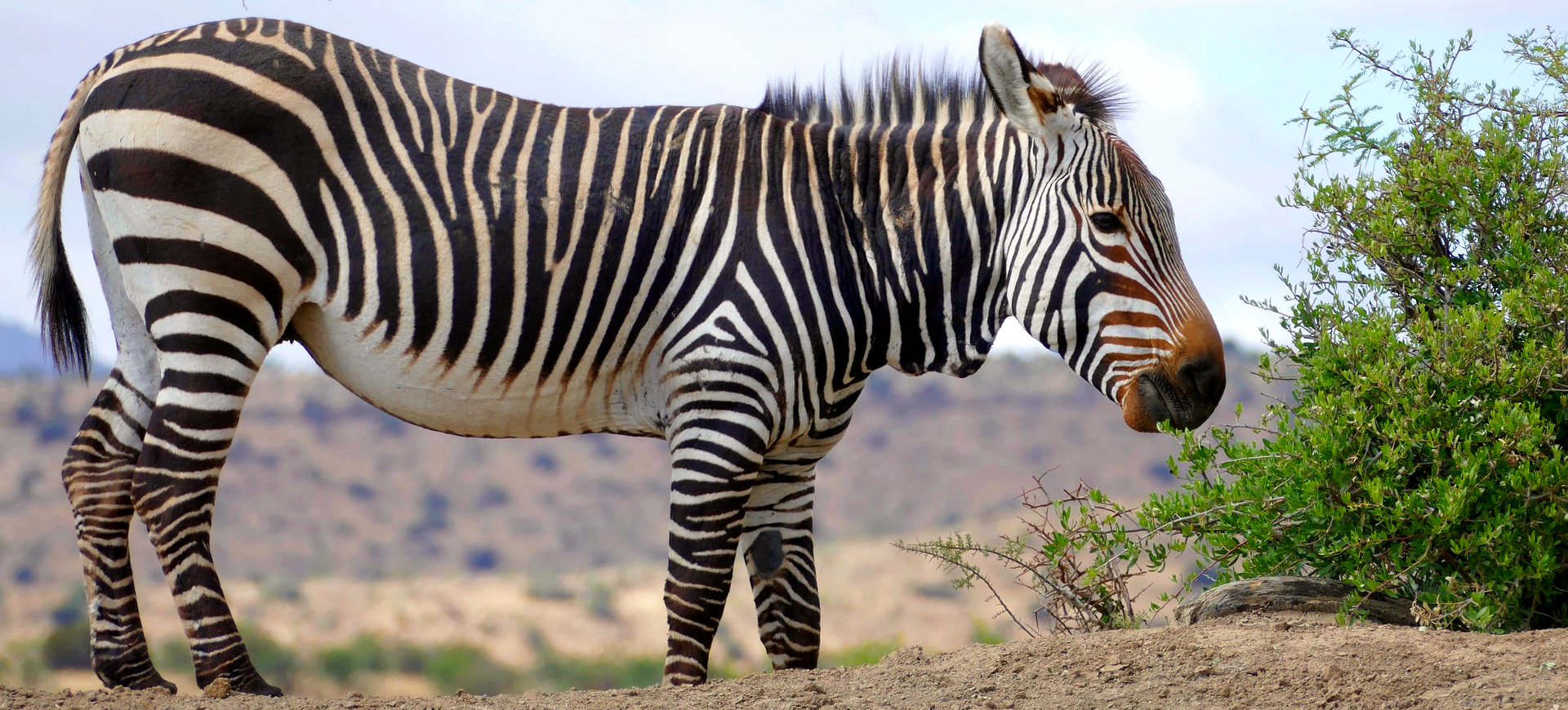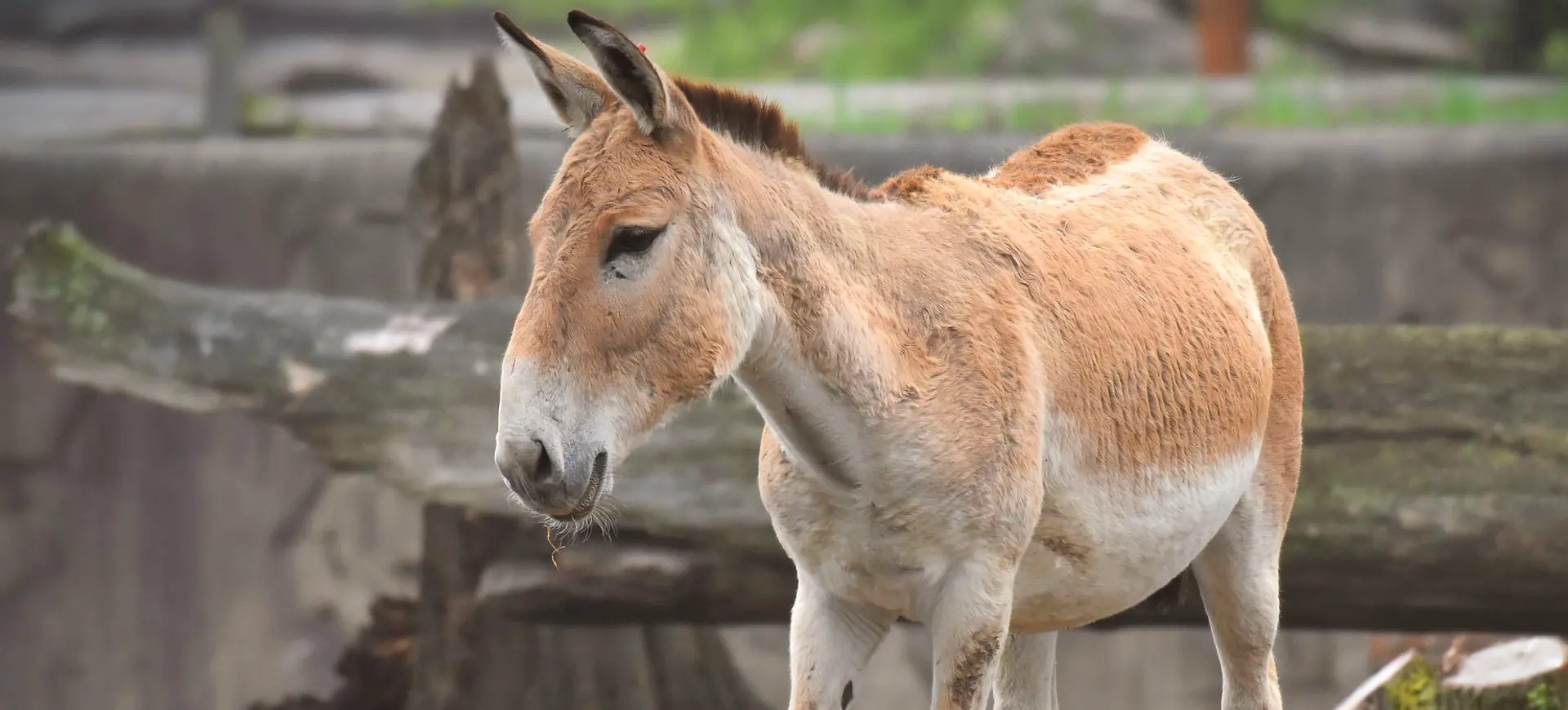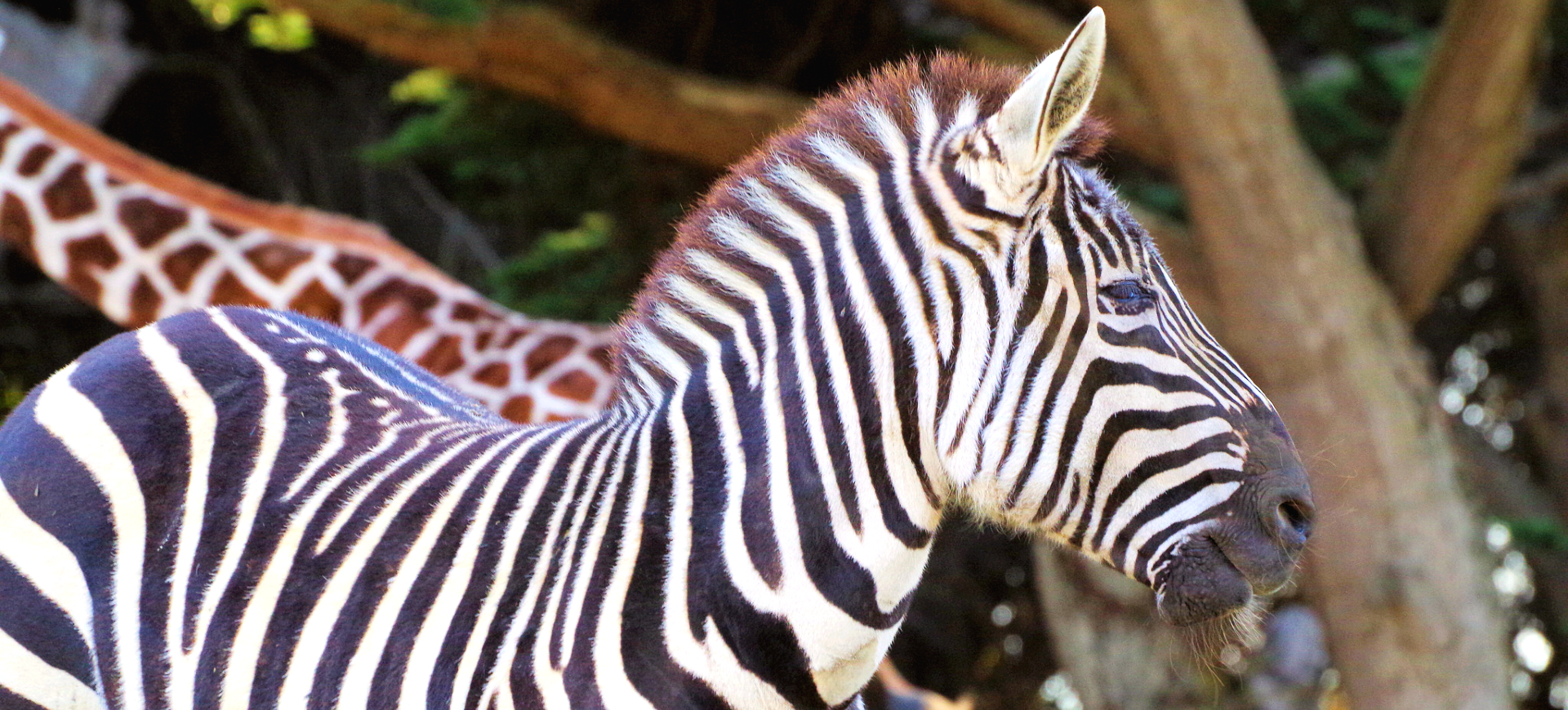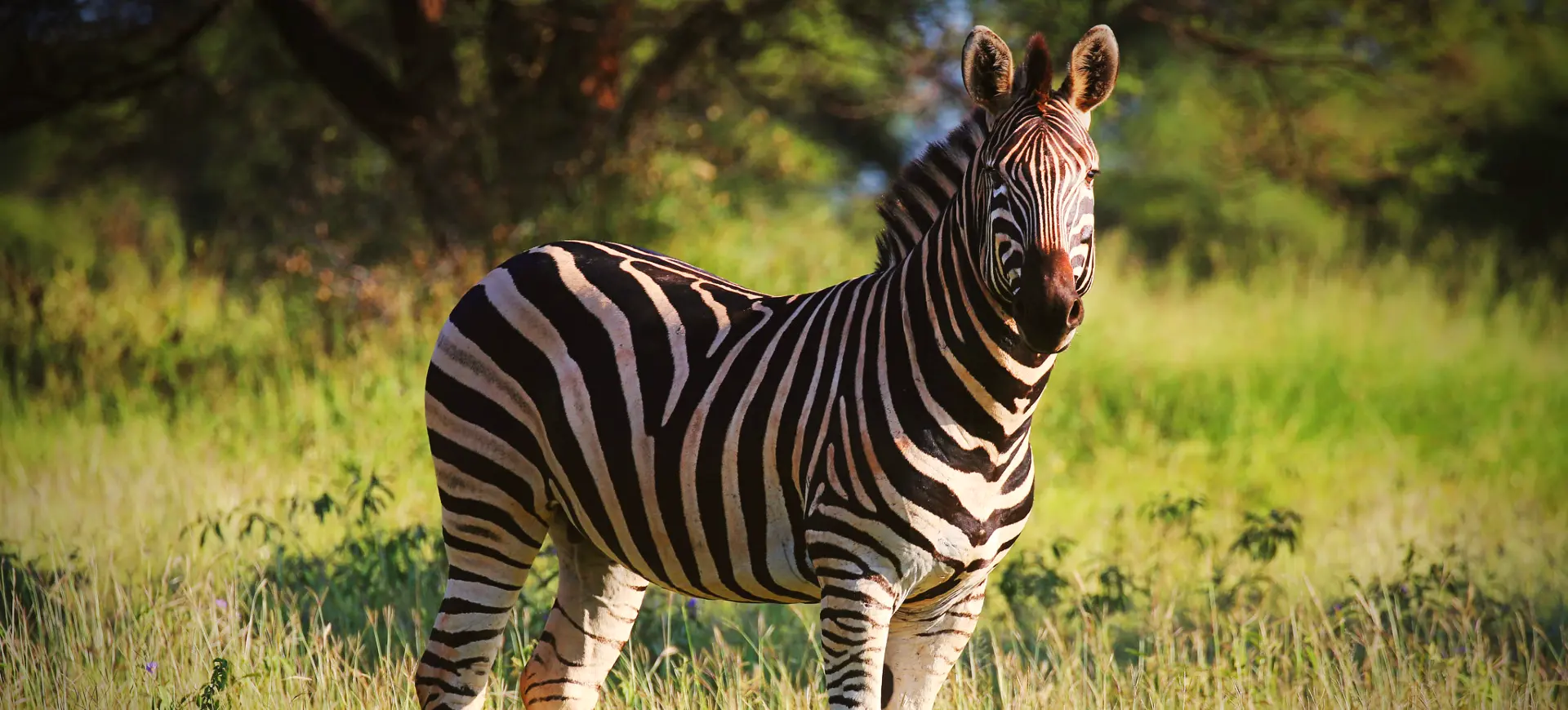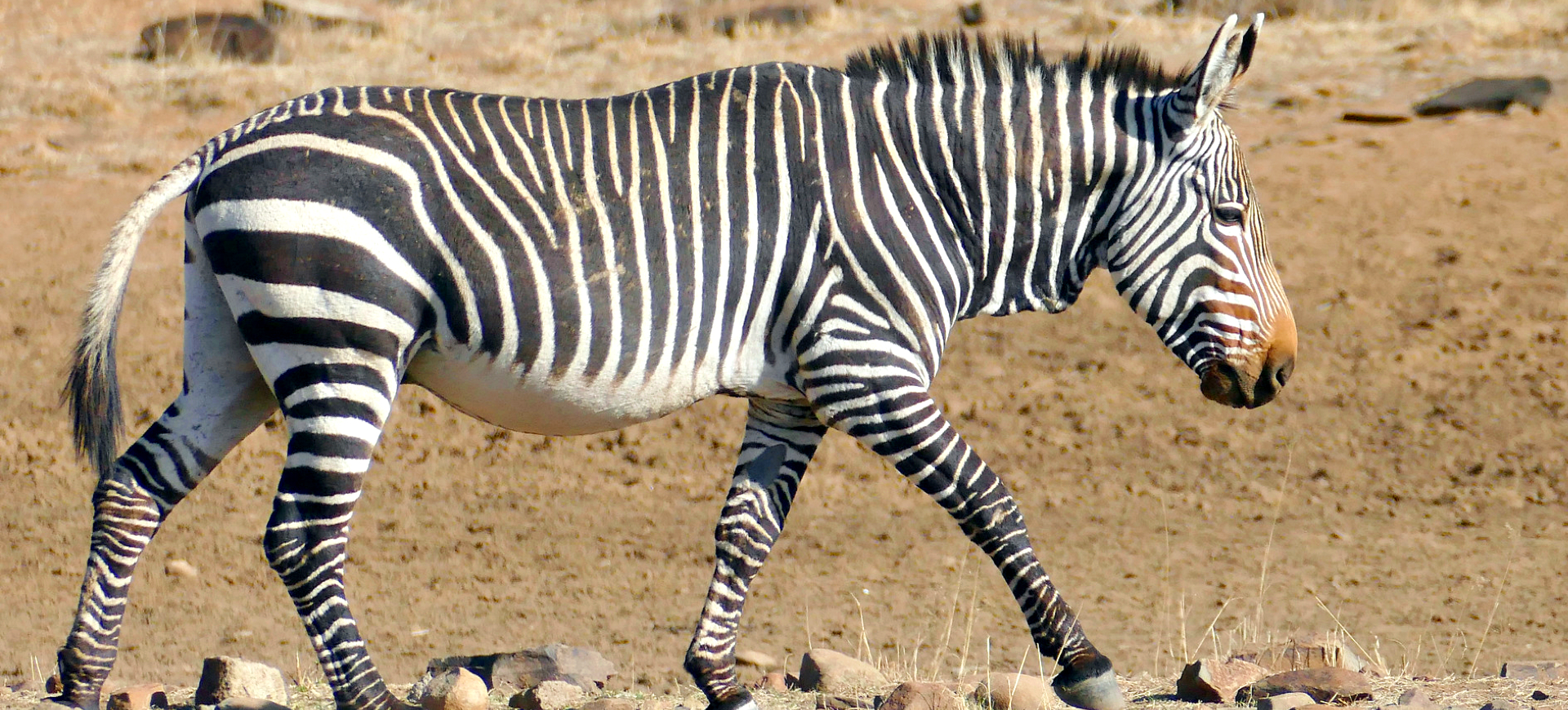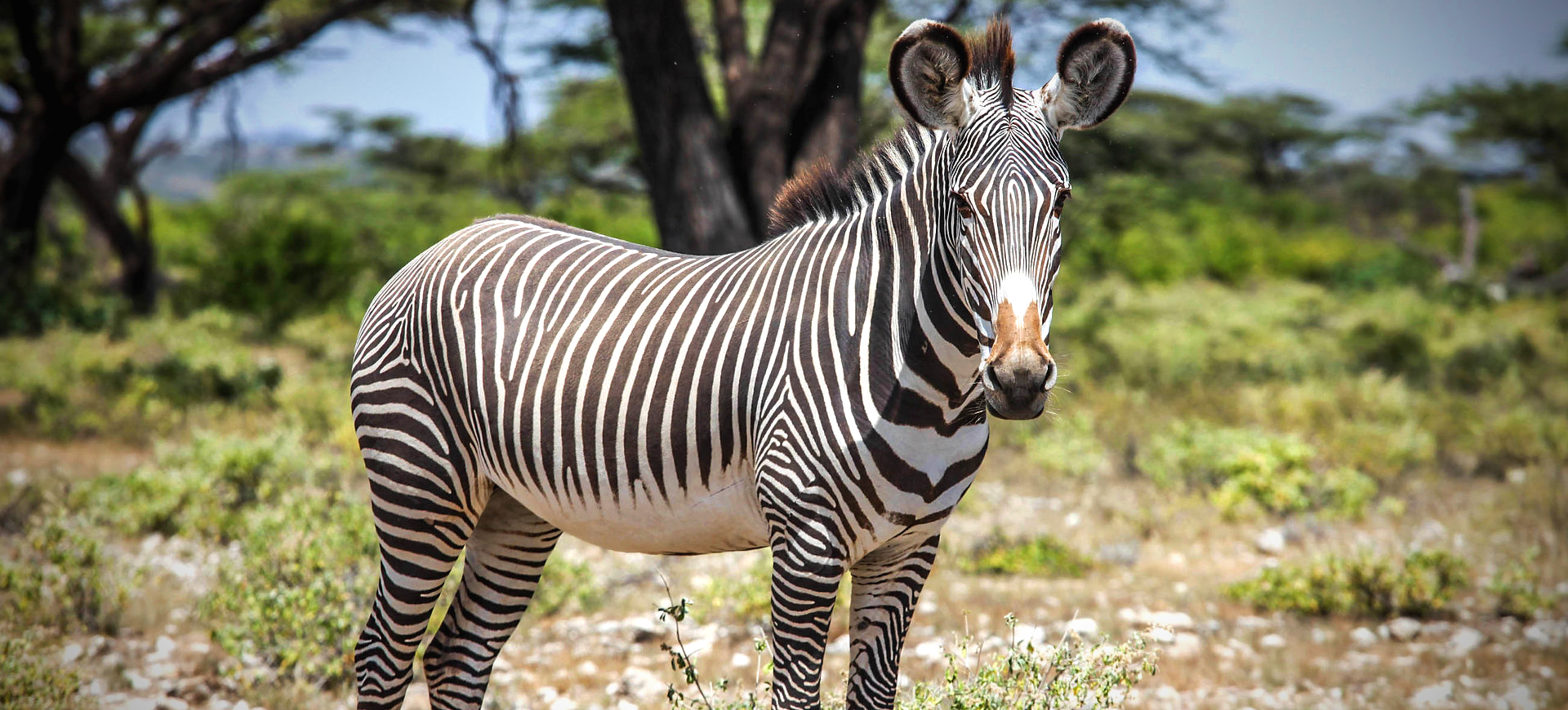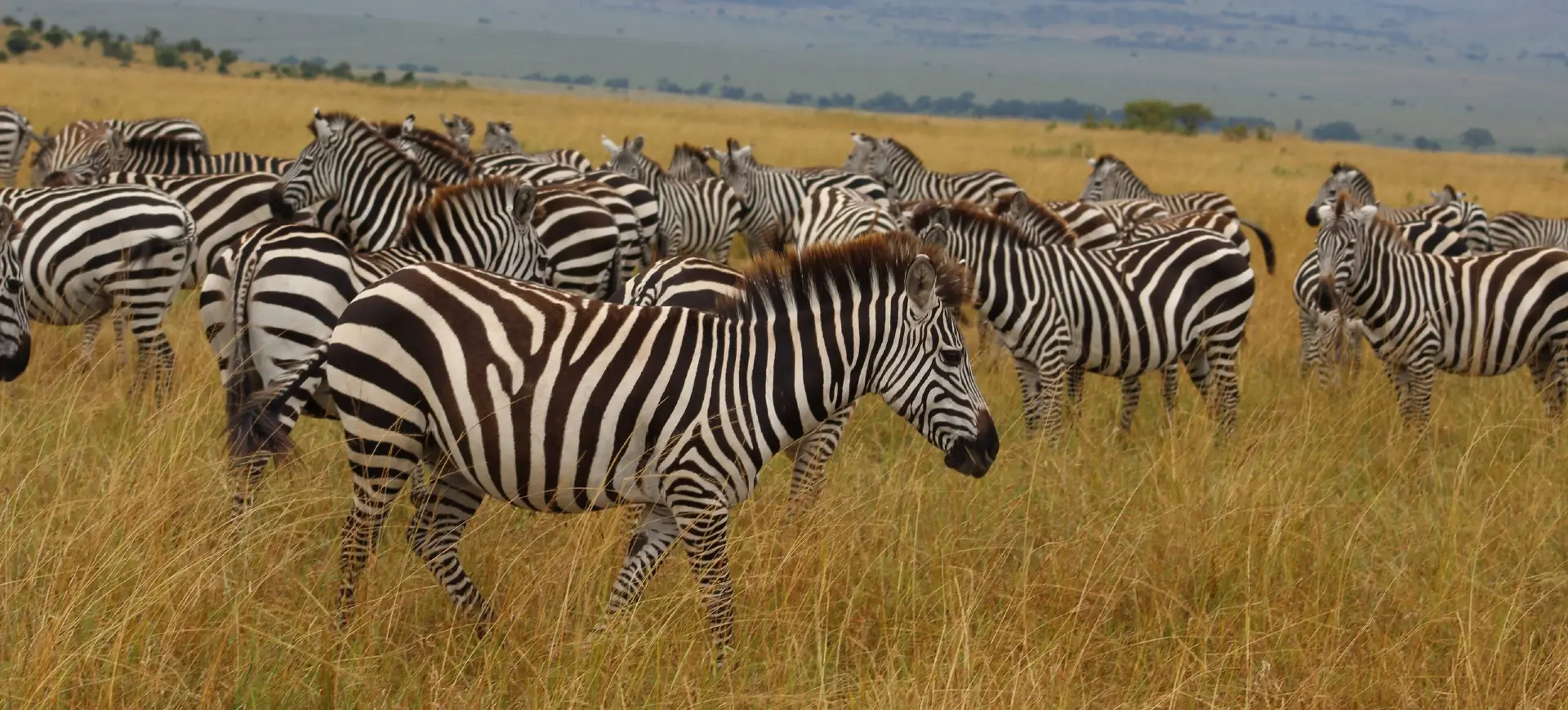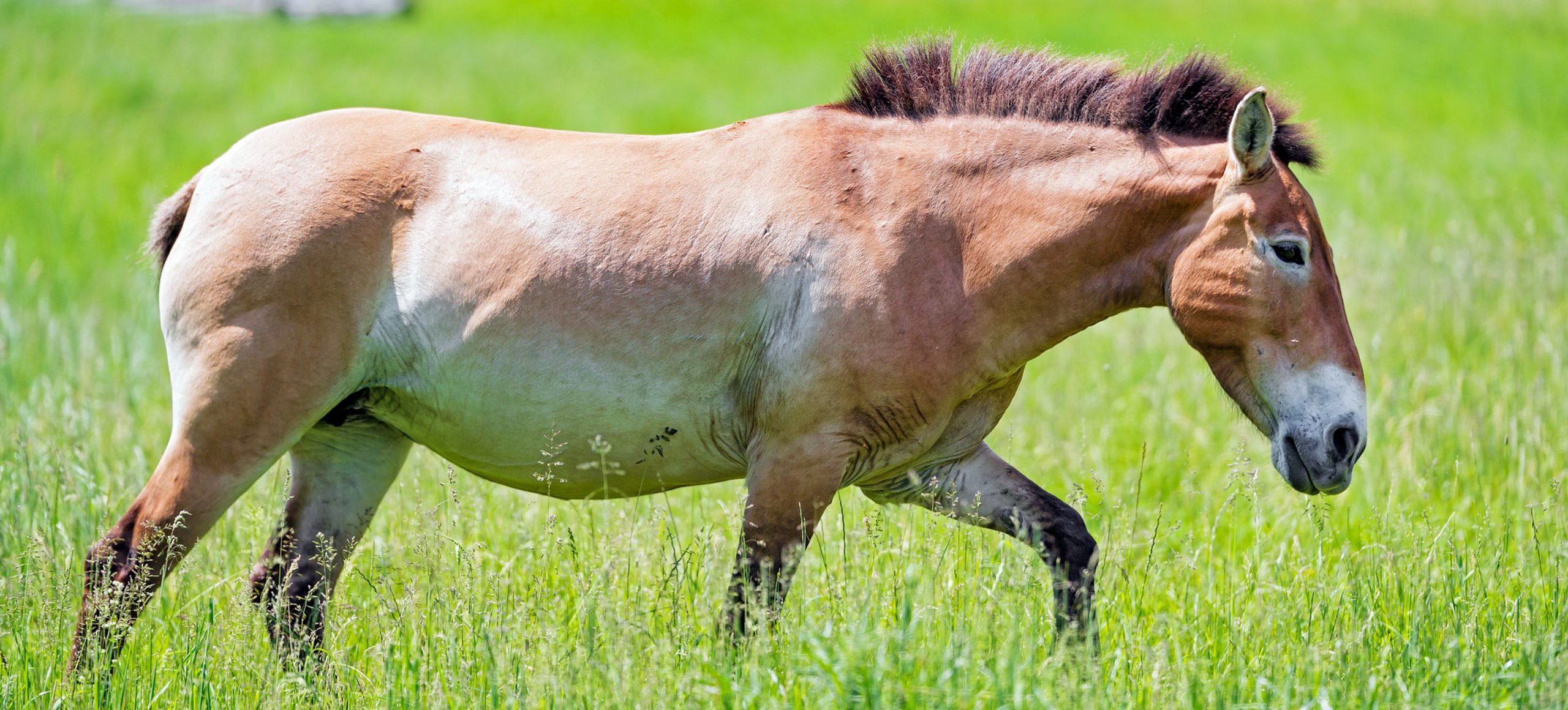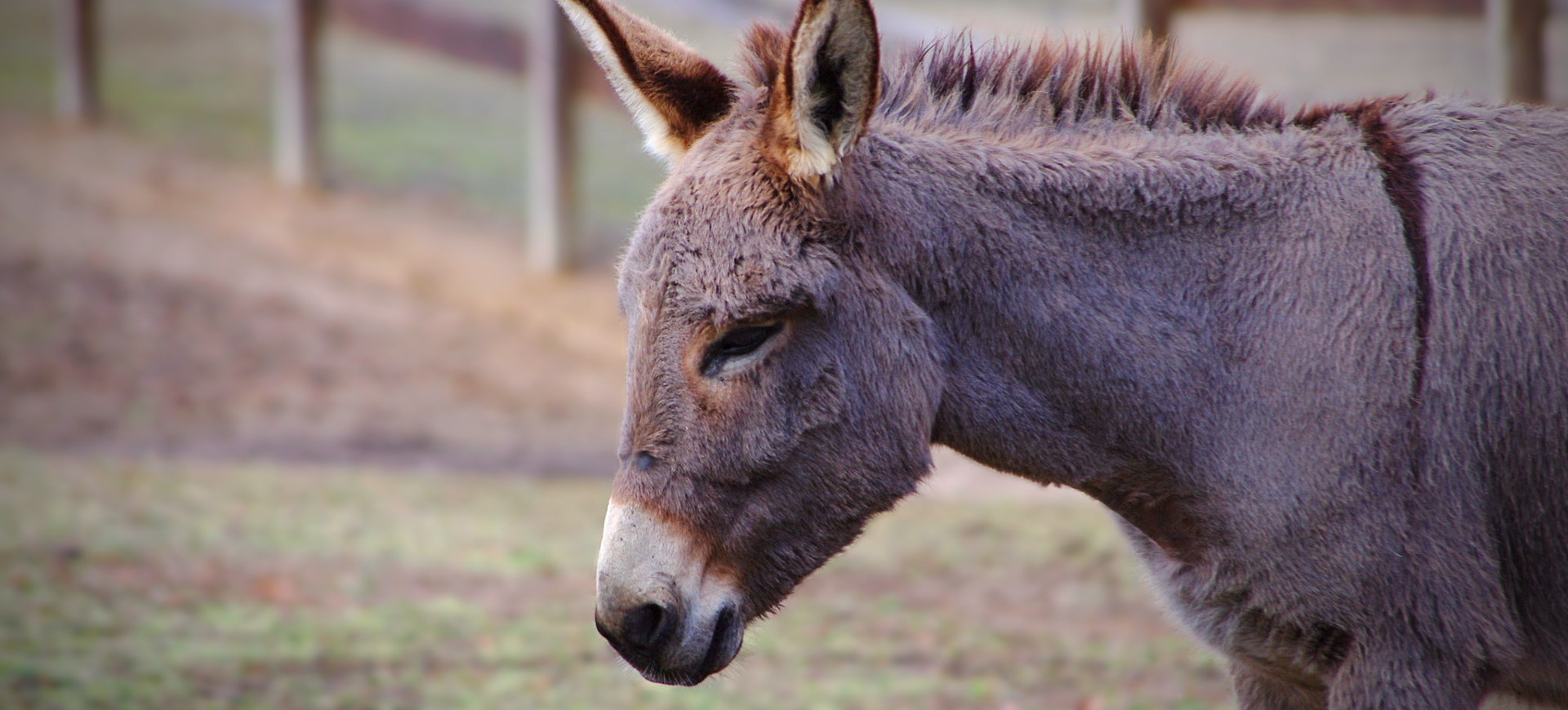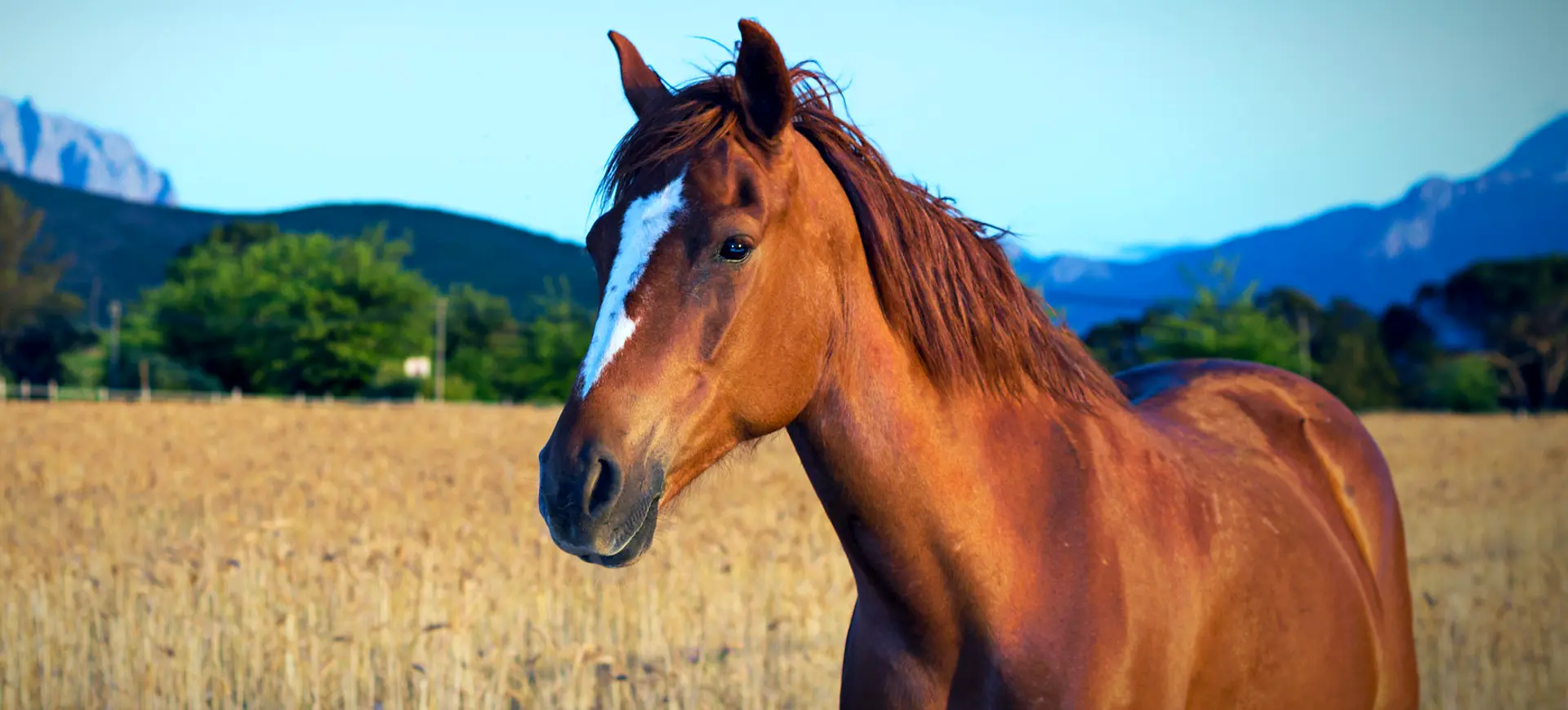Overview
The Somali Wild Ass (Equus africanus somaliensis) is a critically endangered subspecies of the African Wild Ass, distinctive for its slender build and unique physical adaptations suited to harsh desert environments. It has a light gray to fawn-colored coat, a distinctive dorsal stripe, horizontal leg stripes, and a mane that stands erect along its neck. This subspecies is smaller and more lightly built than its domesticated descendants, enabling swift movement across rocky terrain. Adapted to arid landscapes, the Somali Wild Ass has developed highly efficient water conservation mechanisms and can survive on sparse vegetation.
These animals are known for their hardiness and resilience, living in some of the most extreme environments on the African continent. They exhibit strong social structures, typically forming small herds led by a dominant female, which helps protect against predators and search for food and water. The hooves of the Somali Wild Ass are particularly adapted to their desert habitat, being narrow and solid, which prevents them from sinking into the sand. Despite their adaptations, their numbers are dwindling due to habitat loss, competition with livestock, and hunting.
The conservation of the Somali Wild Ass is critical, not only for their ecological role but also for their genetic importance to understanding equine evolution and the domestication of donkeys. Protecting and preserving their populations involves habitat conservation, anti-poaching measures, and captive breeding programs. Their plight highlights the challenges of conserving species in conflict-ridden regions and the importance of international cooperation in wildlife conservation.
Taxonomy
Kingdom
Phylum
Class
Order
Family
Genus
Species
Sub Species
Type
Physical Description:
The Somali Wild Ass is characterized by its slender body, long legs, and distinctive coat pattern. It stands about 4 to 5 feet at the shoulder and exhibits a lean, muscular build optimized for endurance and speed in its rugged habitat. The coat is primarily light gray to fawn, with a white belly and muzzle, providing camouflage in the desert landscapes. The most striking features are the dark dorsal stripe running down its back and the horizontal stripes on its legs, reminiscent of a zebra’s markings.
The mane, short and erect, along with the tufted tail, adds to its distinctive profile. The ears are large and tipped with black, aiding in heat dissipation and sharp hearing. The narrow, solid hooves are a key adaptation, allowing the Somali Wild Ass to navigate across soft sand and rocky outcrops with ease. These physical characteristics not only define the species’ appearance but are crucial adaptations for survival in the harsh environments they inhabit.

Lifespan: Wild: ~20 Years || Captivity: ~40 Years

Weight: Male & Female: 510-570 lbs (230-260 kg)

Length: Male & Female: 72-79 inches (183-201 cm)

Height: Male & Female: 48-56 inches (122-142 cm)

Top Speed: 30 mph (48 km/h)
Characteristic:
Native Habitat:
The Somali Wild Ass is native to the Horn of Africa, specifically found in parts of Ethiopia, Somalia, and Eritrea. Its preferred habitats include arid deserts, semi-desert regions, and rugged mountainous terrain, where water and vegetation are sparse. These landscapes offer the necessary resources for survival and protection from predators and human encroachment. The Somali Wild Ass is well adapted to these environments, with physical and behavioral traits that enable it to thrive under extreme conditions.
The distribution of the Somali Wild Ass has become increasingly fragmented due to habitat loss, with populations confined to remote areas that offer some protection from human activities. Conservation efforts focus on protecting these remaining habitats and ensuring population connectivity. The preservation of their natural habitats is crucial for the survival of the Somali Wild Ass, highlighting the need for comprehensive conservation strategies that address the challenges of habitat degradation and fragmentation.
Climate Zones:
Biomes:
WWF Biomes:
Biogeographical Realms:
Continents:
Diet:
Diet & Feeding Habits:
The Somali Wild Ass is a herbivore, primarily grazing on grasses, herbs, and occasionally browsing on shrubs. Adapted to life in arid environments, it can survive on vegetation that is too sparse or tough for most other herbivores. This subspecies has a highly efficient digestive system that extracts maximum moisture from its food, reducing its dependence on water sources. In the wild, Somali Wild Asses may travel long distances in search of food, often feeding during cooler parts of the day to conserve water and energy.
They are also known to dig for underground water sources and eat succulent plants to supplement their water intake during dry periods. The diet of the Somali Wild Ass reflects its ability to adapt to the nutritional challenges of its environment, contributing to its resilience in the face of harsh desert conditions. Despite their adaptability, the availability of suitable forage is a limiting factor for their population, especially in areas degraded by overgrazing and competition with livestock.
Mating Behavior:
Mating Description:
The Somali Wild Ass exhibits a polygynous mating system, where dominant males establish territories and gain breeding access to multiple females. Mating and breeding can occur throughout the year, but there tends to be a peak during the rainy season when resources are more abundant. The gestation period for the Somali Wild Ass is approximately 12 months, leading to the birth of a single foal. Foals are born well-developed and can stand and walk quickly after birth, a crucial adaptation for survival in their predator-rich environments.
The social structure of the Somali Wild Ass during the breeding season involves small herds or family groups, typically consisting of a dominant male, several females, and their offspring. Males not holding territories may form bachelor groups or live solitarily. The care and protection of the foals are primarily the mother’s responsibility, with foals being weaned at around 6 to 8 months of age. The reproductive behavior of the Somali Wild Ass is adapted to their harsh environment, with long intervals between births and a slow reproductive rate contributing to their vulnerability to population decline.
Reproduction Season:
Birth Type:
Pregnancy Duration:
Female Name:
Male Name:
Baby Name:
Social Structure Description:
The Somali Wild Ass typically forms small herds or family groups consisting of a dominant female, several other females, and their offspring, with a dominant male defending a territory that includes one or more groups of females. These social structures are fluid, with individuals joining or leaving groups based on resource availability and predation pressure. Bachelor groups or solitary males are common, particularly among younger males who have not yet established territories.
Social bonds within groups are maintained through grooming and vocal communication, which play important roles in social cohesion and stress reduction. The social structure of the Somali Wild Ass is adapted to the challenges of their environment, providing mutual protection and increasing the efficiency of resource use within their harsh desert habitats.
Groups:
Conservation Status:
Population Trend:
The Somali Wild Ass is considered Critically Endangered, with fewer than 600 individuals estimated to remain in the wild. This drastic reduction in numbers is attributed to habitat loss, competition with domestic livestock, and hunting. The population is fragmented, with small groups isolated from each other, limiting genetic diversity and increasing vulnerability to disease and environmental changes. Conservation programs, both in situ and ex-situ, are crucial for the survival of these subspecies.
Efforts to conserve the Somali Wild Ass include habitat protection, anti-poaching initiatives, and captive breeding programs. Zoos worldwide participate in coordinated breeding programs to increase genetic diversity and potentially reintroduce animals into protected areas of their native habitat. Collaboration between international conservation organizations, governments, and local communities is essential to address the complex challenges facing the Somali Wild Ass and to ensure its survival for future generations.
Population Threats:
The main threats to the Somali Wild Ass include habitat loss due to agricultural expansion, competition with domestic livestock for scarce water and forage resources, and hunting for food and medicinal purposes. Additionally, political instability and conflict in the region complicate conservation efforts, limiting access to critical habitats and reducing the effectiveness of protection measures. Climate change exacerbates these threats, altering precipitation patterns and further degrading habitats.
The limited genetic diversity resulting from the small and fragmented populations increases the Somali Wild Ass’s susceptibility to disease and reduces its resilience to environmental changes. Addressing these threats requires a multifaceted approach that includes habitat preservation, conflict resolution, and community engagement in conservation efforts.
Conservation Efforts:
Conservation efforts for the Somali Wild Ass are focused on habitat protection, the establishment of protected areas, and the implementation of sustainable land management practices to reduce competition with livestock. Anti-poaching measures and enforcement of hunting regulations are also critical to protect remaining populations. Captive breeding programs play a key role in maintaining genetic diversity and provide a potential source for reintroduction initiatives.
International cooperation and funding are essential to support conservation programs in the region, involving local communities in conservation efforts to ensure sustainable outcomes. Education and awareness campaigns are also important to promote the value of biodiversity and the specific needs of the Somali Wild Ass. The success of these conservation efforts depends on ongoing collaboration between governments, NGOs, researchers, and local communities.
Additional Resources:
Fun Facts
- The Somali Wild Ass is the ancestor of the domestic donkey, with domestication occurring around 6,000 years ago.
- They can go without water longer than any other equid, surviving in some of the most arid conditions on Earth.
- The Somali Wild Ass’s vocalizations include brays that are louder and more varied than those of domestic donkeys.
- Their striped legs are thought to provide camouflage in their natural habitat, blending in with the shadows of vegetation.
- Despite their harsh environment, Somali Wild Asses can run at speeds of up to 30 mph, helping them escape predators.
- They are one of the rarest equids in the world, with fewer individuals in the wild than the more well-known African elephants or rhinos.
- Their hooves are exceptionally hard, allowing them to traverse rocky terrain without injury.
- Somali Wild Asses are known to dig wells in dry riverbeds to access underground water, benefiting other wildlife in their habitat.
- They have a strong social structure, including complex interactions and herd communication.
- Conservation efforts for the Somali Wild Ass include international breeding programs aimed at increasing their numbers and genetic diversity.






